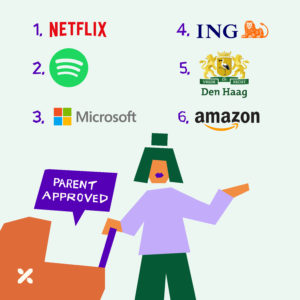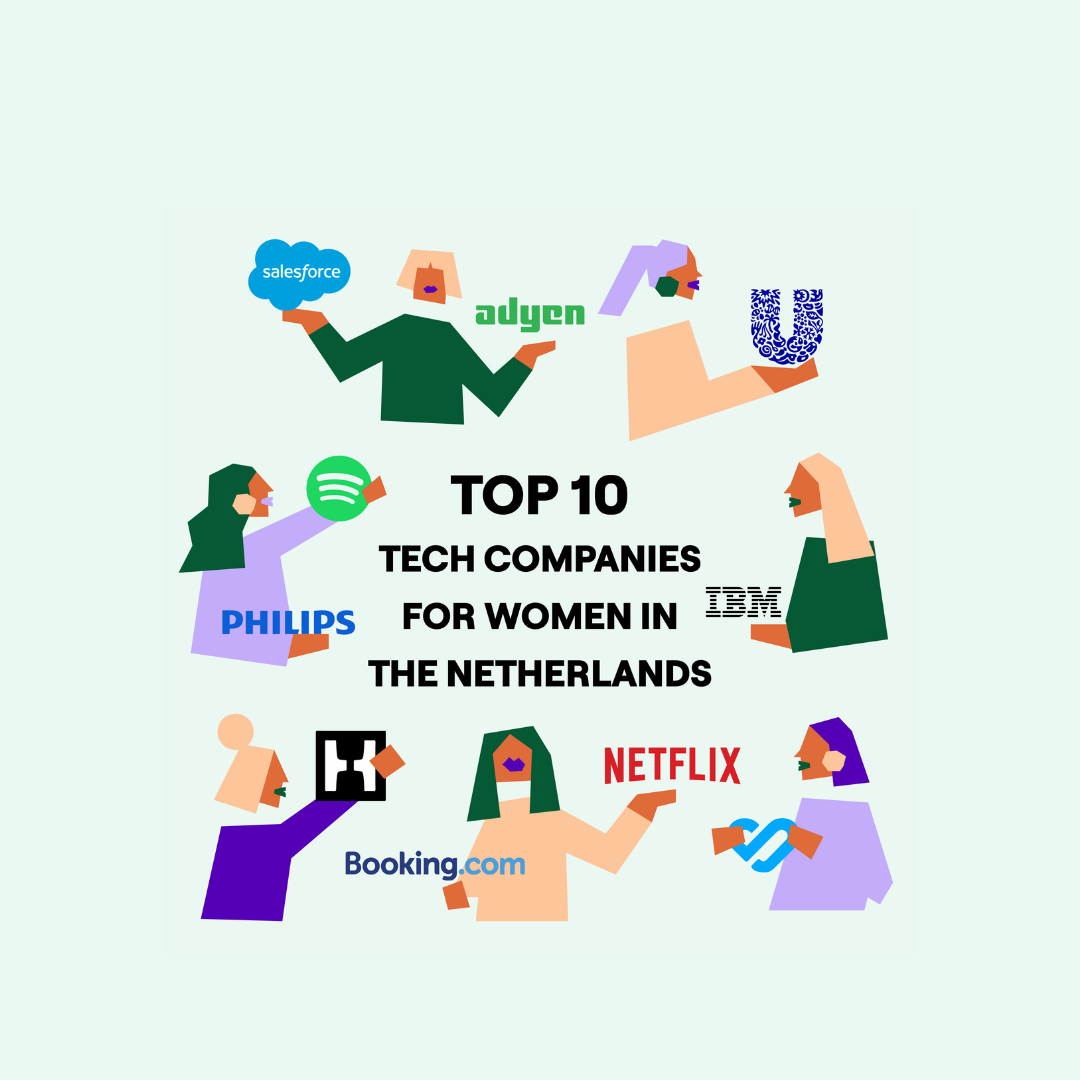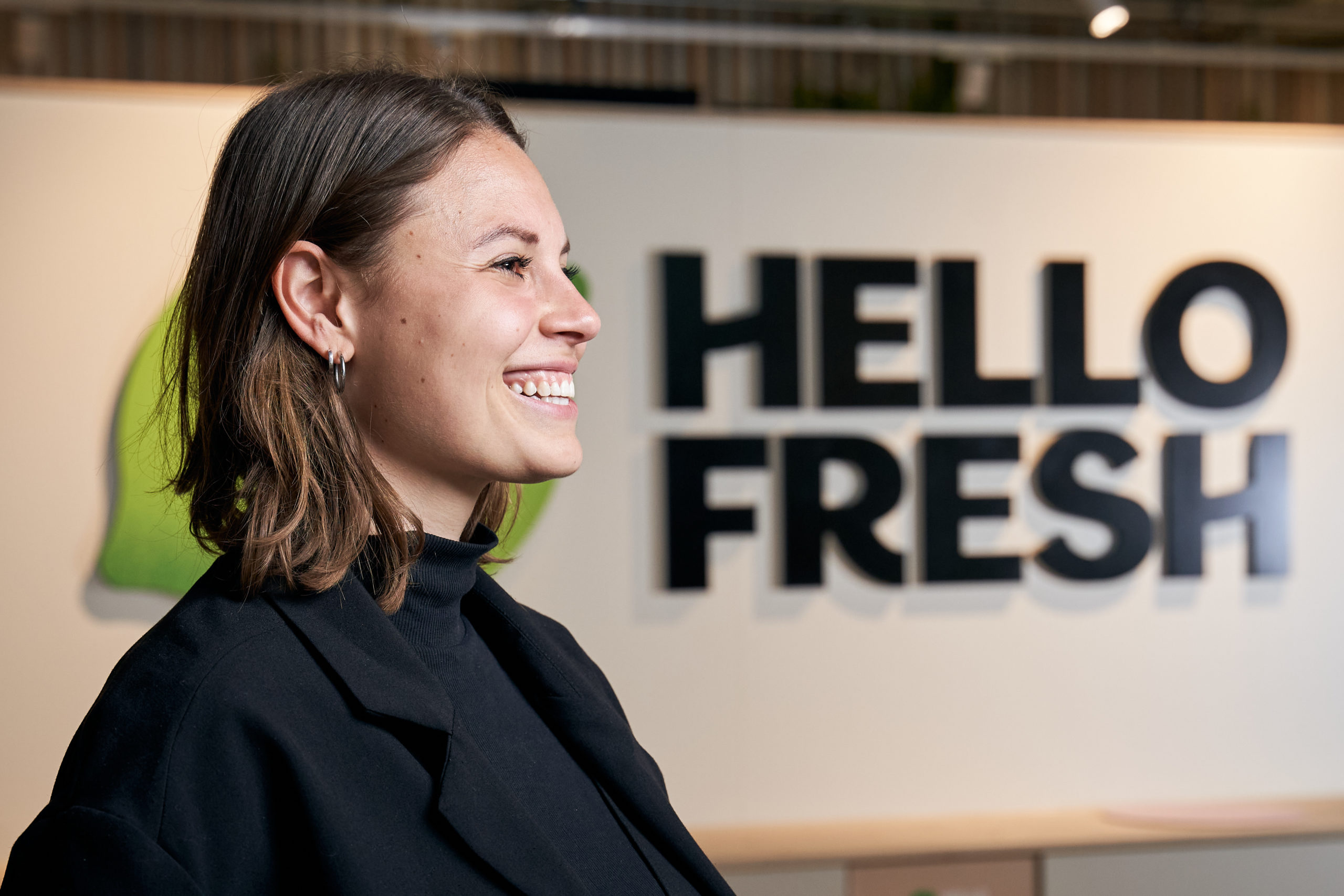5 min. read
What You Need To Include In Your Maternity Policy In The Netherlands
Featuring our parent-approved companies

Having a baby is a big deal for all involved (yes, that includes you as an employer). Leave the nappy changes and night feeds to the new parents as your role is to get your head around the rights of your expecting employees. There’s been a groundswell of support in recent years for better maternity/paternity policy across all professions. Many companies are now recognising that a decent maternity/paternity policy is not just an add-on perk but makes up an essential part of an employer’s benefits package.
We have you covered with the ABC’s of maternity/paternity policy in Amsterdam. For both mum and dad this guide explains what your employees are entitled to before having a baby, during leave and beyond.
So, what is the law in Amsterdam?
In the Netherlands, maternity leave is divided up into “pregnancy leave” (zwangerschapsverlof) and “child-birth leave” (bevallingsverlof) to distinguish between the time before and after a bouncing baby is brought into the world. Your employee is entitled to at least 16 weeks leave: 6 weeks pregnancy leave and 10 weeks childbirth leave.
First, let’s take a look at pregnancy leave
Taking pregnancy leave in the Netherlands can be done at any moment from six weeks before the due date. However, in all cases, it is mandatory to take leave by week 36 (four weeks before birth). Exceptions include if your employee gives birth before the due date, if they take leave less than 6 weeks before the due date, or if the child is hospitalised after delivery.
Throughout pregnancy leave in the Netherlands, employees are entitled to 100% of their earnings, based on their average wage over the past year. During this leave, the UWV pays the maternity leave allowance (WAZO) up to a maximum of €228,76 per day in 2022. The pregnancy therefore does not cost you anything as an employer. However, you may have to provide a temporary replacement for the employee. The benefit also applies to those who are self-employed and with a 0-hour contract.
While your employee is busy sorting out buggies and bottles, these are the steps you need to take.
Step 1: Ask your employee when they want to go on leave
This can be any day between 6-4 weeks before the day after the expected delivery date. Then apply for maternity allowance (WAZO) digitally through the employers’ portal. Remember to apply for the benefit no more than 4 and no less than 2 weeks before the start date of the leave.
Step 2: Now onto the fathers and partners
Unfortunately, in the Netherlands, paternity leave (or partner leave, both of which are referred to by the Dutch government as geboorteverlof) is sorely lacking. Employees are entitled to five weeks of paternity leave (vaderschapsverlof), for which they will get 70% of their regular pay. However, you can choose to supplement your employee’s pay to take it up to the full amount. Paternity leave needs to be taken within six months of the baby’s birth, but it doesn’t need to be right after they are born.
What happens when maternity/paternity leave is up? Well, then comes parental leave
Parental leave (ouderschapsverlof) is where both parents are entitled to take a maximum of 26 times their working hours. This time can be distributed in different ways and can be taken until the child turns eight. This can be taken all in one go, or, more commonly, taken one day a week (the famous mamadag or papadag) for two years and a half or so. Some employers will cover part of the salary the parent would have earned without that leave, but they are not obligated to do so under Dutch labour law.
And some good news on the horizon for want-to-be-parents. From August 2022, paid parental leave in the Netherlands will be extended by nine weeks to a total of 15 weeks, which must be taken in the first year of a child’s life. During those extra weeks, benefits agency UWV will pay parents half of their daily wages, up to the limit of the maximum daily wage determined by the Ministry of Social Affairs and Employment. As of January 1 this year, it was 219.28 euros gross.

So, which companies are currently getting a gold star from the mums and dads?
1. Netflix
Leading the way, Netflix’s Amsterdam office is the ideal place to work as a new mum or mum-to-be as parents can decide to take off as much time as they want during the first year, whilst still being paid their full salary. They can then choose to come back full-time or part-time (or a mixture of both) during that first year after the baby’s birth or adoption, or even decide not to come back at all.
2. Spotify
All full-time Spotify employees are offered up to six months parental leave with 100 % pay, and are able to take their leave up until their child’s third birthday.
3. Microsoft
One for the dad’s, Microsoft Netherlands provides six weeks of paid paternity leave.
4. ING
Similarly, ING gives fathers one paid month of leave and an additional two months unpaid.
5. The Hague Municipality
They allow its employees to have 6.5 weeks off with full pay when they become parents.
6. Amazon
Amazon has an innovative leave share program that allows employees to share any amount of their parental leave with their spouses whose jobs don’t provide paid leave—10 weeks of paid time off for birth parents and six weeks for all other parents, plus an additional eight weeks of flexible “Ramp Back” time.
Once the paperwork is all sorted, next on the agenda is building an inclusive environment for mothers returning to work
Here are some proactive things you can start with to support working mothers:
➔ Adjusted working hours
You think you’re tired at work? Try growing a human. Your pregnant employee is entitled to extra breaks up to a maximum of one-eighth of her daily working time. During pregnancy and up to 6 months after giving birth, your employee may only work a maximum of 10 hours per shift.
➔ Breastfeeding at work
You must give your employee the time and space to pump or breastfeed during the first 9 months after giving birth. The time your employee has to feed or pump is working time and must be paid accordingly.
➔ Adjust childcare-related policies and programs
Establish policies that are designed to mitigate the uneven burden on mothers, including increased childcare support and other related programmes.
➔ Take an intersectional approach
When it comes to motherhood, there’s no one-size-fits-all. Companies should acknowledge and address the unique challenges facing mothers of colour and single mothers.
➔ Reset norms around flexibility
Being a parent takes up a lot of time. Allowing employees to have flexible schedules helps them to do what they need to do at home without guilt, while also supporting them with their performance at work.
➔ Remove bias in people processes
To produce quality work and to be a good team member, is it always necessary to be accessible and to have a lightning-fast response time? Ensure that performance markers are relevant and not misleading.
➔ Adjust the hiring process
Help set the expectation that mothers can return to the workplace by using a different hiring process—one that does not question their gap in employment or creates bias against women and mothers.
➔ Implement ‘returnships.’
Don’t lose your talented women! Consider creating returnship programs to help women reenter the workforce gradually and successfully navigate new challenges.







